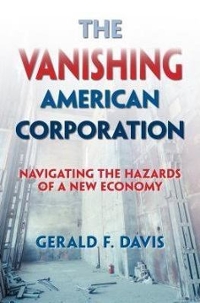Question
1.Which of the following statements about the United States-China bilateral trade balance is correct? A. It is a good indicator of the inequality of imports
1.Which of the following statements about the United States-China bilateral trade balance is correct?
A. It is a good indicator of the inequality of imports and exports between the United States and China.
B.It shows that there is balanced trade between the United States and China.
C.It may overstate the gap in imports and exports between the United States and China because some material inputs used to produce Chinese exports do not originate in China.
D.It vastly understates the gap in imports and exports between the United States and China.
2.Exports are:
A.goods or services sold to foreign residents.
B.goods only sold to foreignersyou cannot sell services to foreigners.
C.services onlyexports do not include goods.
D.goods or services purchased from a foreign resident.
3.Which of the following transactions is NOT a trade flow?
A.domestic residents' purchases of foreign-provided services
B.domestic residents' purchases of foreign-produced software
C.domestic residents' purchases of foreign stocks and bonds
D.domestic residents' purchases of foreign-made goods
4.If the trade-to-GDP ratio is 38% and the GDP is $500 billion, then what is the overall value of trade?
A.$390 billion
B.$100 billion
C.Not enough information is provided to answer the question.
D.$190 billion
5.What does a country's gross domestic product (GDP) measure?
A.the value of all intermediate goods produced in a year
B.the value of all final goods produced in a year
C.the value of all production in a year
D.the value of all exports produced in a year
6.If a country's GDP is $10 trillion, its exports are $1 trillion, its imports are $1.5 trillion, then:
A.its trade-to-GDP ratio is 10%.
B.its trade-to-GDP is 400%.
C.its trade-to-GDP is 12.5%.
D.its trade-to-GDP ratio is 15%.
7.What do economists call factors that influence (reduce) the total dollar volume of goods and services sold across international borders?
A.trade conditions
B.the ratio of total trade to GDP
C.trade barriers
D.trade factor issues
8.The Smoot-Hawley Tariff act:
A.greatly reduced the barriers to trade.
B.was enacted by Germany.
C.was passed in response to World War II.
D.was passed as a reaction to the Great Depression in the United States.
9.When a firm in an industrial nation purchases a firm in a lower-income nation, economists call it:
A.balanced FDI.
B.horizontal FDI.
C.vertical FDI.
D.egalitarian FDI.
Step by Step Solution
There are 3 Steps involved in it
Step: 1

Get Instant Access to Expert-Tailored Solutions
See step-by-step solutions with expert insights and AI powered tools for academic success
Step: 2

Step: 3

Ace Your Homework with AI
Get the answers you need in no time with our AI-driven, step-by-step assistance
Get Started


